Do you know your camera basics? Today we dive into shutter speed and teach you all the ways you can use shutter speed to unlock your creativity and expand your photography style. Learn how to show fluid movement or capture a split second and what styles of photography these shutters speed options are best for.
The shutter is a moving part of your camera and it freezes or blurs moving objects that you photograph. Let’s talk about how it does it, why it does it, how to use it and how to control it.
We’re going to illustrate these concepts with the help of Jerimiyah Dunbar. He juggles, which is perfect to look at shutter because it’s movement. We’re going to see how the shutter stops that movement or blurs that movement.
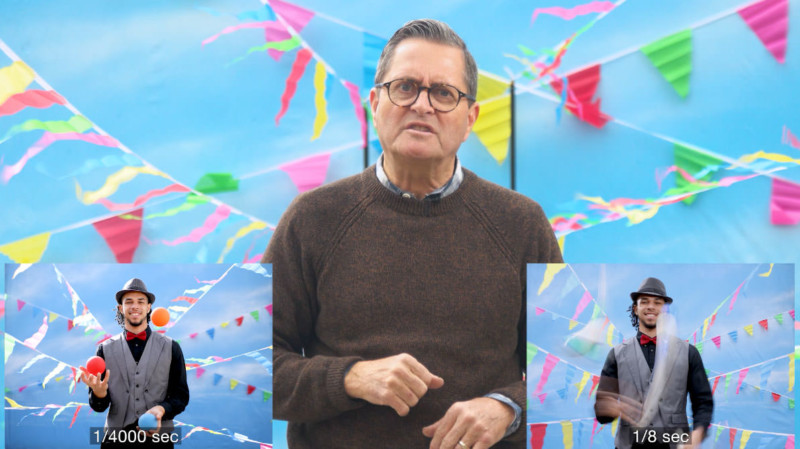
The shutter is a curtain in your camera that’s just in front of the film sensor. That curtain opens and closes and you get to control the amount of time that curtain opens and closes, thus you have control of the shutter speed.

With a long shutter speed, the shutter opens and is open for a long time and that allows the scene to blur in front of the camera as the image is being captured to create motion blur before the shutter closes.


Short shutter freezes the action because the shutter opens and closes so quickly that the action doesn’t have time to change before the image is captured.


Let’s not forget that shutter speed is the amount of time that light strikes the sensor. It’s part of the exposure triangle.
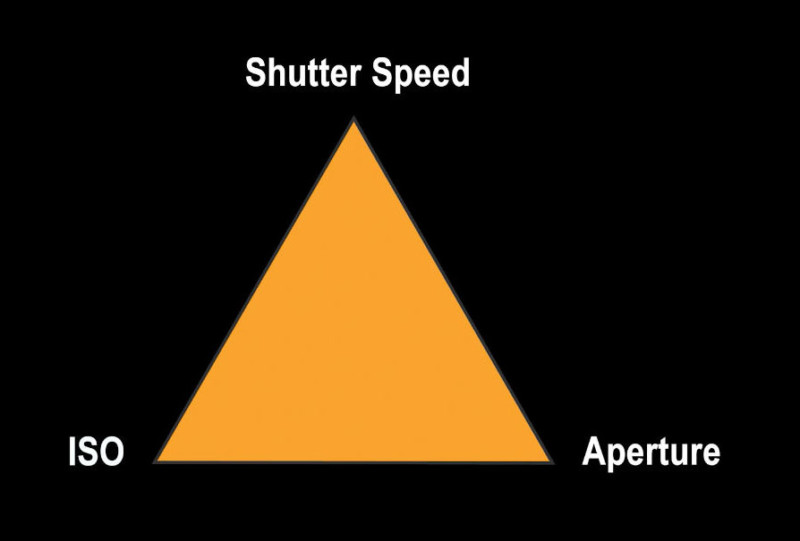
It’s really important to remember that large numbers like 4000 means really fast and it’s going to freeze motion. Short numbers like 1/30 or ½ are long numbers and it’s going to blur motion.
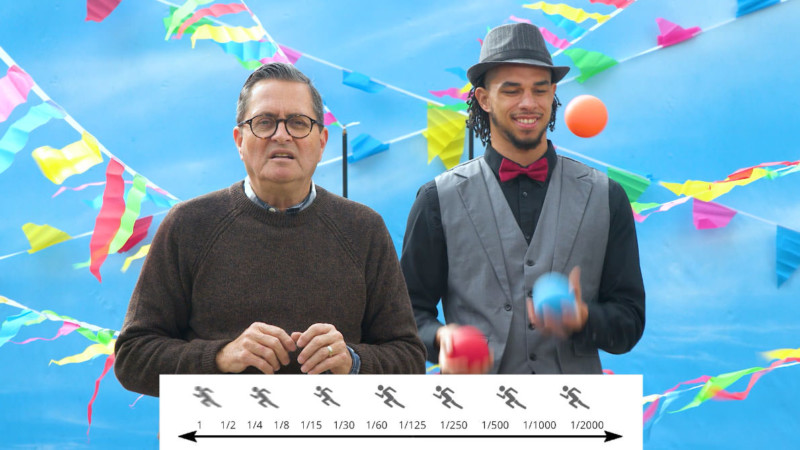
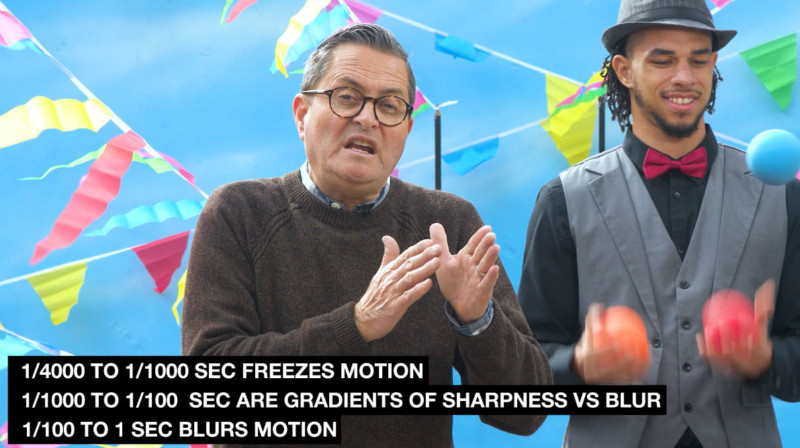
When would you want to use shutter speed to create and capture motion? When you’re shooting water and want to create fluid looking water as you lengthen that shutter.

If you want cars to blur to show speed and motion, a subway speeding past a person – any time you want to create dramatic movement in an image.

When are you going to want to freeze motion? Sports photography! Any time you want to capture a specific moment and freeze people on the field – you’re going to want to use a very short shutter at 1/4000 of a second.
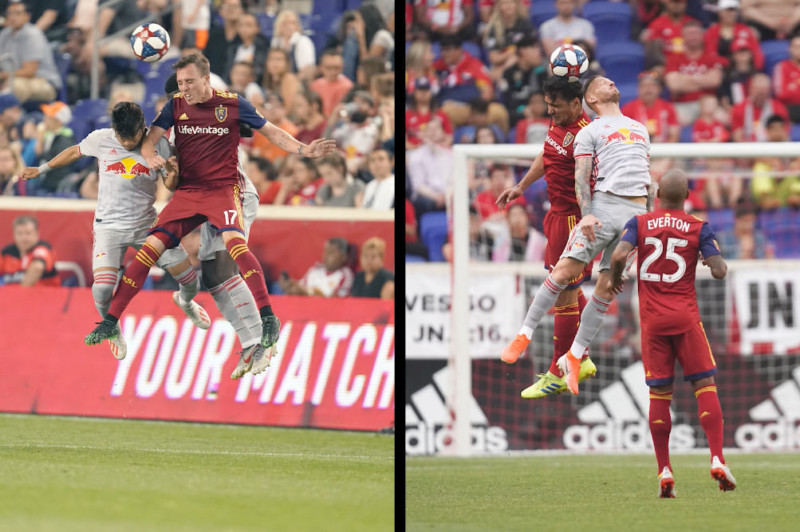
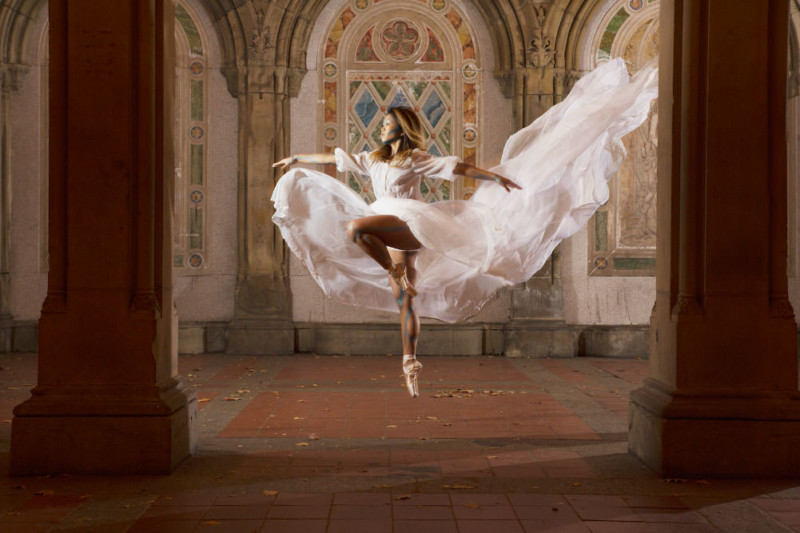
Let’s clarify some numbers.
1/4000 sec is a very short time and that means it’s going to freeze motion.
1/2000 is not going to freeze motion as much.
1/1000 and it becomes a longer exposure — the shutter is open for a longer amount of time.
Once you hit 1/125 it’s open completely and then closes.
Then you get to 1/30 and it opens and waits and then closes.

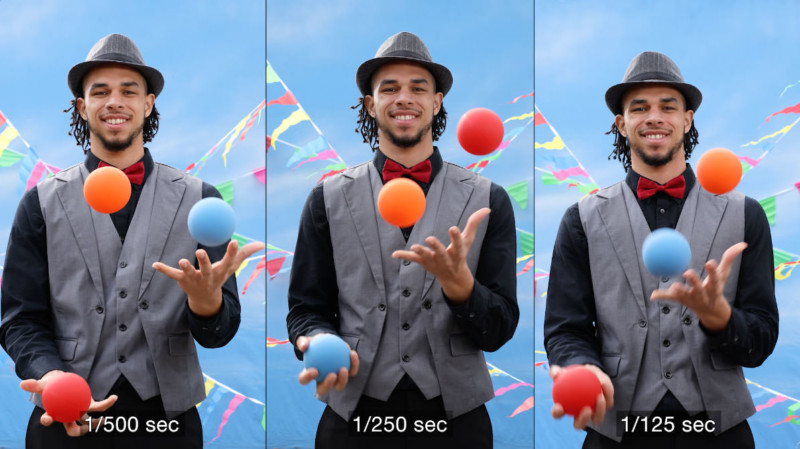
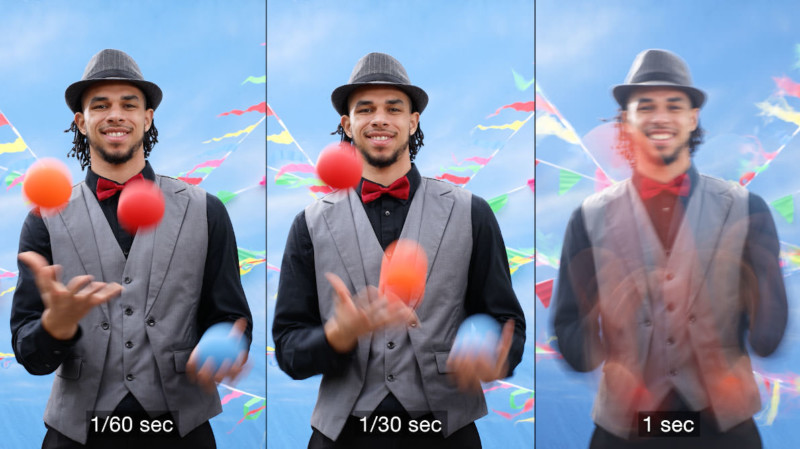
There are a couple of things you need to help you control your shutter and help you unlock all of the capabilities of the shutter in your camera.
Tripod

You’ve got to have something to put your camera on because after 1/60 or less it starts to be too long and it’s too hard to take images handheld.
ND Filter

You put a neutral density filter in front of your lens and it cuts different levels of stops of light away and it doesn’t change anything but the amount of light that goes through your lens and hits your sensor.
So with an ND filter, if I want a longer shutter speed, I can put 6 stop neutral density in front of my lens so I can lengthen my shutter longer and longer to be able to blur things.
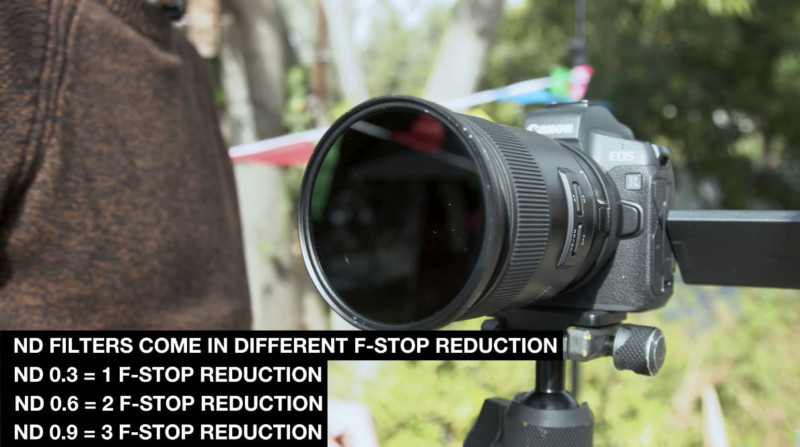
Conclusion
Remember that shutter is a member of the exposure triangle, it can freeze action and it loves to blur action. Too many times people just use the shutter to get an exposure and don’t think about the creative possibilities that the shutter allows them and their images. So use your shutter to unlock the creative capabilities of your camera.
Keep those cameras rolling and keep on clickin.
About the author: Jay P. Morgan is a commercial photographer with over two decades of experience in the industry. He teaches photography through his company, The Slanted Lens, which runs a popular YouTube channel. This article was also published here.